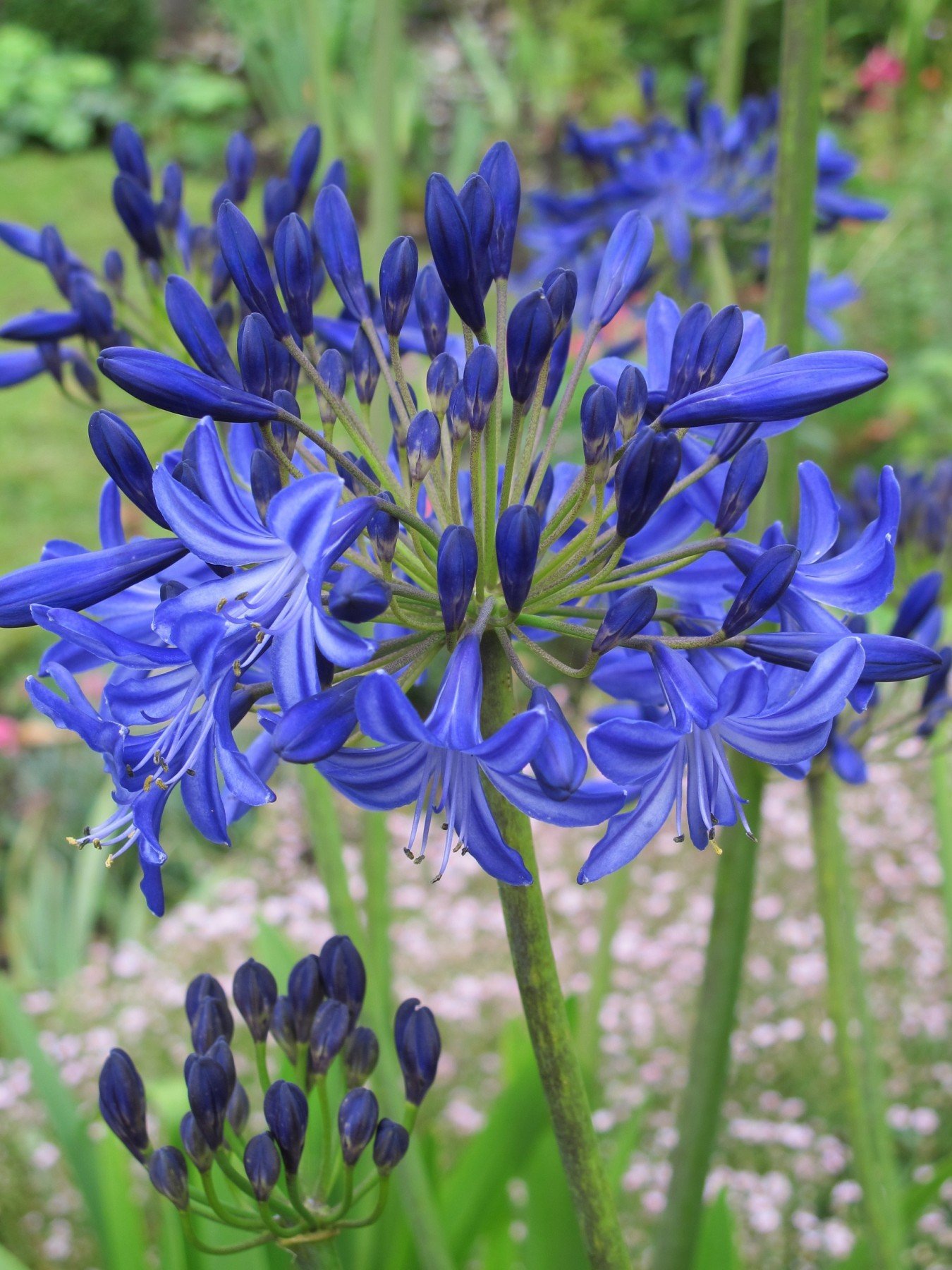Common Agapanthus Issues and Just How to Solve Them
Common Agapanthus Issues and Just How to Solve Them
Blog Article
Mastering the Art of Agapanthus Treatment: Important Steps for Healthy And Balanced Development and Vibrant Blooms
In the world of horticulture, the farming of agapanthus stands as a satisfying undertaking for those that look for to nurture these sophisticated flowering plants. From selecting the best variety to mastering trimming methods, the journey in the direction of cultivating prospering agapanthus plants is complex and holds the key to opening the full potential of these agricultural gems.

Choosing the Right Agapanthus Variety

When picking the right Agapanthus selection for your garden, consider variables such as environment viability, flower color, and development practice. In addition, think about the climate in your area to guarantee the Agapanthus variety you pick can prosper in your specific problems. Understanding the development habit of different Agapanthus varieties is crucial for correct placement within your yard.
Ideal Growing Problems
Taking into consideration the optimum ecological requirements is necessary for successful Agapanthus growing. Agapanthus plants are sensitive to chilly temperature levels and ought to be shielded from frost during winter season months.
To make certain healthy growth and dynamic blooms, plant Agapanthus bulbs at a deepness of regarding 2-4 inches and space them 8-12 inches apart. Mulching around the base of the plants helps keep wetness and suppresses weed development.
Watering and Fertilizing Tips
Keeping correct dampness degrees and offering vital nutrients are vital elements in the treatment program for Agapanthus plants. When it pertains to sprinkling Agapanthus, it is critical to strike a balance. These plants favor regularly damp dirt yet are vulnerable to root rot if overwatered. During the expanding period, water deeply when a week, ensuring the soil is well-draining to avoid waterlogging. In hotter environments or during periods of dry spell, even more frequent watering might be necessary to maintain the soil equally moist. Nevertheless, lower watering in the winter months to prevent water logged problems.
Fertilizing Agapanthus is vital for advertising healthy and balanced development and prolific blooms. Use a well balanced fertilizer, such as a 10-10-10 formula, in the early springtime as new development emerges. Repeat this application every 6-8 weeks throughout the growing period. Avoid too much fertilization, as it can cause lush foliage at the expense of blooms. Constantly follow the supplier's guidelines for appropriate dilution and application methods. By following these watering and feeding suggestions, you can ensure your Agapanthus plants thrive and create lively, long-lasting blooms.
Trimming Strategies for Agapanthus
Trimming Agapanthus plants at the suitable times and with proper methods is vital for preserving their health and wellness and promoting optimal development and blooming. The excellent time to trim Agapanthus is in late wintertime or early springtime before brand-new growth arises.
For flowered stems, wait till the blooms have withered and afterwards cut them back to the base. This not only cleans up the plant's look but additionally urges the advancement of new blossom buds. Deadheading invested flowers can also reroute the plant's power into producing more flowers as opposed to establishing seeds. Nevertheless, if you want to collect seeds for proliferation, leave some flowers to completely dry and mature on the plant.
Keep in mind to use tidy, sharp devices to make accurate cuts and reduce the danger of introducing diseases. Agapanthus. Routine pruning will help click here now keep your Agapanthus looking healthy and cool while making sure a bountiful screen of beautiful flowers
Dealing With Common Parasites and Conditions
After ensuring correct trimming methods for Agapanthus, it is important to attend to usual pests and illness that can affect the health and vigor of these plants. One typical pest that impacts Agapanthus is the Agapanthus gall midge.
In addition, Agapanthus plants can endure from origin rot if they are grown in poorly draining soil. By being alert and taking timely activity versus conditions and bugs, you can assist your Agapanthus browse around this site plants prosper and create lively blossoms. Agapanthus.

Verdict
In final thought, understanding the art of agapanthus care involves picking the ideal variety, providing excellent growing conditions, appropriate watering and fertilizing, ideal pruning strategies, and attending to typical pests and conditions. By adhering to these important steps, you can make certain healthy growth and lively blooms for your agapanthus plants. Bear in mind to on a regular basis keep track of and keep your plants to promote their total wellness and longevity.
To make sure healthy growth and lively flowers, plant Agapanthus light bulbs at a deepness of concerning 2-4 inches and space them 8-12 inches apart. By adhering to these watering and fertilizing ideas, you visit homepage can ensure your Agapanthus plants prosper and generate dynamic, durable blooms.
One typical pest that impacts Agapanthus is the Agapanthus gall midget. Additionally, Agapanthus plants can experience from origin rot if they are planted in improperly draining pipes soil. By complying with these essential steps, you can make certain healthy growth and vibrant blooms for your agapanthus plants.
Report this page